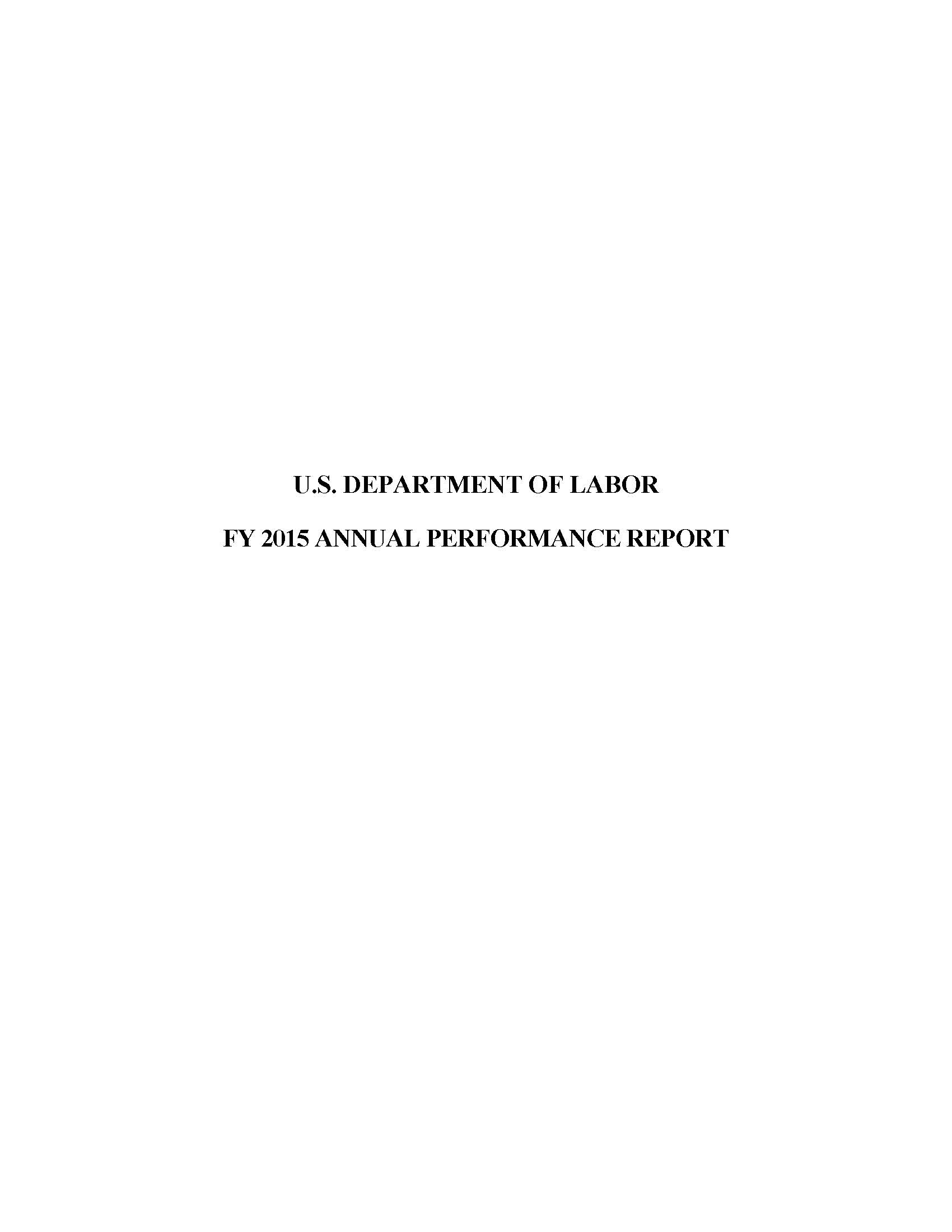- Home
- Agencies
- Department of Agriculture
- Department of Housing and Urban Development
- General Services Administration
- Department of Commerce
- Department of the Interior
- National Aeronautics and Space Administration
- Department of Defense
- Department of Justice
- National Science Foundation
- Department of Education
- Department of Labor
- Office of Personnel Management
- Department of Energy
- Department of State
- Small Business Administration
- Environmental Protection Agency
- Department of Transportation
- Social Security Administration
- Department of Health and Human Services
- Department of the Treasury
- U.S. Agency for International Development
- Department of Homeland Security
- Department of Veterans Affairs
- Goals
- Initiatives
- Programs
Primary tabs
Key to Changes
This text is Revised text
This word has been added to the text
This text is Last Published text
This word has been removed from the text
Modifed styling with no visual changes
FY 14-15: Agency Priority Goal
Improve opportunities for America's workers through attainment of industry-recognized credentials that employers demand by 10 percent.
Priority Goal
Goal Overview
Improving the employment prospects for millions of Americans is a growing challenge for our nation. This challenge is especially acute for those who are identified as low-skilled, disadvantaged or displaced. One reason job seekers struggle to find work is that the 21st century economy requires a different skill mix from prior decades. Data from the Bureau of Labor Statistics (BLS) report released in November 2015, based on October 2015 data, indicate that more than 1.7 million of the 7.9 million unemployed adults in the U.S. lack any post-secondary degree or certificate. For adults over the age of 25 without a high school diploma or equivalent credential, the unemployment rate is 7.4 percent, and for adults with a high school diploma or equivalent credential but not a college degree, it’s 5.2 percent.[1] The immediate employment and training needs of low-skilled adults must be addressed to help this population move into the middle class, or for those that are in the middle class, to help them remain there. As the economy recovers, we find that low-skilled adults are being left behind.
Workforce skills are the key to a strong economy and a thriving middle class. The U.S. has the most talented and resilient workforce in the world. We have to invest in them. We have to create more career pathways for them, more opportunities to acquire the credentials that employers demand. We need to build our human capital - and we have to do it in a smart, strategic, efficient way.
The economic downturn has had lingering effects on both low-skilled adults and employers. Industries such as manufacturing that previously employed a large number of adults without post-secondary training are now seeking replacement workers with post-secondary credentials. Drivers of the economy will be concentrated in industry sectors and occupations that require some post-secondary education or training. Data from BLS indicate that occupations that usually require a post-secondary degree or other credential are expected to account for nearly half of all new jobs from 2008 to 2018, and one-third of job openings. While labor market projections and employer surveys point to a strong and growing demand for skilled workers, education attainment levels in the U.S. are declining. Declining rates of postsecondary credential attainment threaten America's global competitiveness and ability to generate broadly-shared prosperity at home.
At the same time, the Workforce Innovation and Opportunity Act[2](WIOA), which supersedes the Workforce Investment Act of 1998 (WIA), funds training that leads to successful outcomes although it may not always result in a credential. For example, previously under WIA adult programs, on-the-job training does not result in a credential, yet such training can result in the acquisition of valuable occupational skills. Although training that leads to credentials is an important Employment and Training Administration (ETA) strategy, the optimal level of credential attainment is not 100% for all WIA, and now WIOA, authorized programs.
ETA is working to explore the use of real-time labor market information to identify credentials in-demand by businesses and will pursue approaches to engage with industry to identify high-quality and portable credentials within key sectors as well as encouraging similar efforts at the state and local levels as part of sector strategy and economic development efforts.
[1]The Employment Situation – October 2015. Bureau of Labor Statistics, U.S. Department of Labor (http://www.bls.gov/news.release/pdf/empsit.pdf)
[2] The Workforce Innovation and Opportunity Act (WIOA) took effect on July 1, 2015. The passage of WIOA provides new authorizing legislation for programs that had been authorized under WIA.
Strategies
Given the value of an industry-recognized credential, ETA has increased the emphasis on the benefits of training that leads to an industry-recognized credential. ETA works to provide such policy direction and guidance to the workforce system, both in directives and in technical assistance offered. ETA has strongly emphasized to its programs and grantees the importance of training that leads to industry-recognized credentials. Where appropriate to the type of grant competition, ETA has made this a requirement.
ETA strategies and/or activities to improve credential attainment include the following:
- Promote credential attainment through the design of grant competitions.
- Provide technical assistance and training to grantees on resources and strategies for increasing the attainment of industry recognized credentials that employers demand.
- Work to strengthen partnerships, both locally and nationally — between employers, colleges, labor unions, workforce boards, community organizations, and economic development entities — that create a well-aligned workforce investment system.
- Encourage the development and attainment of stackable credentials to create career pathways for individuals as they develop their skills.
- Provide updates to electronic tools (mySkills myFuture; My Next Move, and My Next Move for Veterans) to include information on credentials. These sites display and highlight a variety of credentials related to each occupation – from short-term certificates, apprenticeship, to licensure and certifications. These sites also display the icons that indicate quality or value of specific personnel certifications that were added to the credentials database.
- Update quarterly the Job Corps database of more than 350 approved credentials that are linked to the training received at Job Corps Centers.
Progress Update
ETA continues work with its State partners and grantees to increase the percentage of training program completers who attain industry-recognized credentials. ETA continues to provide policy direction and guidance to the workforce system both in directives and technical assistance offered.
Job Corps centers continued to establish more online high school program options while gaining ground on adjustment to the GED 2014 testing and the other two options (High School Equivalency Test and the Test Assessing Secondary Completion). In the meantime, Job Corps continues to focus on enabling students to complete rigorous career technical training and attainment of applicable industry-recognized credentials.
In FY 2016, ETA plans to continue to track this measure as it is currently defined; it is our belief that by closely tracking this indicator, we will be better positioned to implement this metric under WIOA.
Next Steps
No Data Available
Expand All
Performance Indicators
Percent of ETA workforce system program completers who received training services and attained a credential
Contributing Programs & Other Factors
- WIA/WIOA Adults
- WIA/WIOA Dislocated Workers
- WIA/WIOA National Dislocated Worker Grants
- WIA/WIOA Youth
- Trade Adjustment Assistance
- Registered Apprenticeship
- Reintegration of Ex-Offenders
- Job Corps
- YouthBuild
- Green Jobs Innovation Funds[1]
- H1B Innovation Accelerators
- H1B Technical Skills Training
-
[1] Please note that all GJIF grantees are now completed as of June 30, 2015 with the majority completing on or before December 31, 2014. As such, there are no data included in the APG calculation for this program for FY 2015 Q4.
No Data Available










